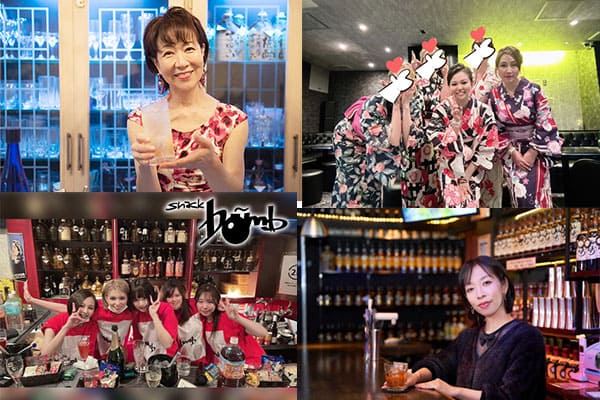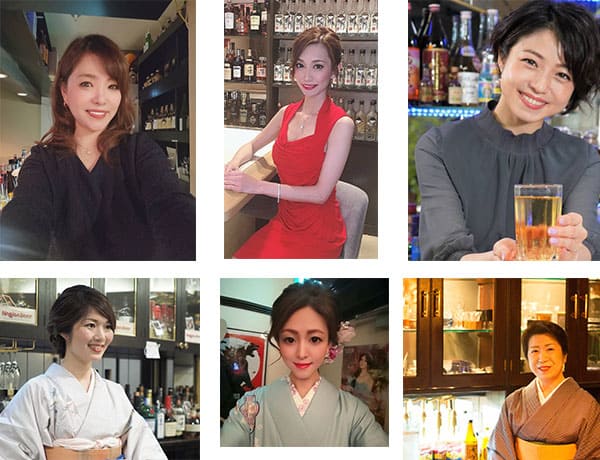Hi how are you? Today, I have a real treat for you that the topic is “Izakaya” (Japanese-style pub/tavern).
An izakaya (居酒屋) is a type of Japanese drinking establishment which also serves food to accompany the drinks. They are popular, casual places especially for after-work drinking.
Why the popularity of izakayas is?
The reasons why izakayas are popular include the following:
1. Japanese izakayas are places where you can enjoy a variety of Japanese cuisine and drinks simultaneously. In Western countries, there is a clear distinction between meals and drinking. The style of enjoying both food and drinks, as we do that in Japan, is quite rare.
2. Japanese izakayas often have a traditional Japanese interior design, incorporating elements like flowing rivers and waterfalls. This creates an atmosphere that allows foreigners to easily and affordably experience Japan’s ambiance.
3. Many izakayas in Japan offer local specialties from various regions, allowing patrons to taste dishes from all over the country without having to travel. The affordability, substantial portions, and good cost performance contribute to the global popularity of Japanese izakayas.
4. When foreigners visit izakayas for the first time, they are often impressed by the unique services that are distinct to Japanese izakayas and not found in their home countries.
In summary, Japanese izakayas have become attractive dining establishments for foreigners. If you’re interested, please consider visiting one.
Popular Izakaya Dishes:
There are various types of popular dishes at izakayas, including:
1. Chicken Karaage: A staple menu item with crispy coating and juicy meat, perfect for pairing with sake. It’s seasoned with soy sauce, lemon, salt, or other flavors.
2. Assorted Sashimi: Freshly sliced raw seafood, such as tuna, salmon, and squid, arranged on a plate. It pairs well with Japanese sake or beer.
3. Tako Wasabi(A pungent green Japanese condiment made from the plant’s root, Japanese horseradish or green mustard)
: Octopus legs boiled and finely chopped, mixed with wasabi and soy sauce. It’s a dish with a combination of spiciness and umami.
4. Hokke Yaki(grill): Grilled and salted Okhotsk Atka mackerel, rich in flavor and perfect as a side dish for rice and drinks.
5. Pizza: An Italian dish with cheese and tomato sauce, popular at izakayas with various toppings like ham, vegetables, and seafood.
6. Oden: A winter favorite, consisting of ingredients like daikon radish, konjac, and eggs simmered in a broth. The taste of the broth varies by region, with options ranging from sweet to spicy.
7. Gyoza: Dumplings filled with pork, cabbage, and other ingredients, pan-fried and commonly served with vinegar and chili oil.
8. Yamaimo Teppanyaki: Grilled sticky yam with toppings like eggs and cheese, offering a unique and chewy texture.
9. Hiyayakko: Chilled tofu topped with soy sauce, green onions, and other condiments, providing a light and refreshing taste that complements alcohol.
10. Potato Salad: A cold and refreshing dish made by mixing boiled potatoes with mayonnaise, often including ham and cucumber.
In this way, popular izakaya dishes encompass a wide range from Japanese to Western cuisine. Feel free to enjoy various dishes according to your choice of drinks and preferences.
The photo above shows a regular izakaya, but as shown the two videos below, there are also standing izakaya and other izakaya where you can enjoy fish caught inside the restaurant along with good sake.
Welcome to my Snack bar
We heard that snack bars are also popular, but what kind of impressions do the mama-sans (owners/managers) of snack bars have? we searched using our tool, and we found the following information:
Snack bars are a unique part of Japan’s nightlife, offering a fresh and attractive experience under amorous ambience for foreign tourists.
Foreign visitors enjoy the hospitality of the snack bar mama-sans and activities like karaoke.
However, snack bars have a culture and etiquette developed by the mama-sans and regular customers, and mama-sans may feel confusion or difficulties when dealing with foreign tourists who do not understand it. For example:
1. Some foreign tourists may not understand the system of cover charges or table fees.
2. There are foreign tourists with diverse food preferences or restrictions.
3. Some foreign tourists may not fill empty seats even when the bar is crowded.
4. Foreign tourists who linger for a long time without consuming much alcohol.
5. Some bring their own food to eat at the bar.
6. Foreign tourists who do not adhere to reservation times.
As a result, some snack bars refuse entry to foreign tourists. Mama-sans want to prioritize and cherish Japanese regular customers.
On the other hand, there are many foreign tourists who want to enjoy Japanese food culture while respecting etiquette.
To integrate into the snack bar culture, it might be a first step for Japanese regulars to attend to foreign visitors.
In summary, mama-sans at snack bars have various impressions and opinions about foreign tourists.
Since snack bars are a part of Japan’s traditional nightlife, when foreign tourists visit, it’s important to be considerate of the feelings of the mama-sans and regular customers and enjoy the experience.
Considerations for Dealing with Foreign Tourists:
There are several things to be mindful for the mama-sans of when dealing with foreign tourists:
1. Even if English is not your strong point, don’t avoid assisting foreign tourists. It’s important to respond while looking into their eyes with a smile.
2. Be careful not to nod too much when responding to foreign tourists. Japanese nods might be perceived by them as interrupting the flow of the conversation.
3. Avoid turning the back of your hand towards foreign tourists. This gesture may be considered disrespectful in protocol manners.
4. Explain Japanese culture and customs in a clear and understandable way to foreign tourists. For example, rules regarding no photography zones, how to use hot springs, and differences in manners such as cutting in line or smoking on the streets.
5. Inform foreign tourists about the location of trash bins and the necessity of reservations. In Japan, there are places with few trash bins and many locations where reservations are required, which foreign tourists might not be aware of.
6. Deepen the understanding of foreign tourists about Japanese food culture and services. For instance, bringing in outside food or overstaying in a restaurant is considered impolite in Japan.
In conclusion, it’s crucial to respect and courteously handle Japan’s culture and customs when dealing with foreign tourists.
Additionally, strive to respect and understand the culture and customs of foreign tourists for mutual understanding.
Finally, let’s have drinks and merrily sing together !
Thanks for watching, have a nice day!














